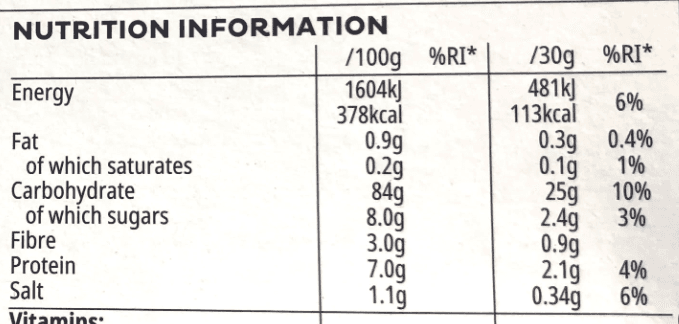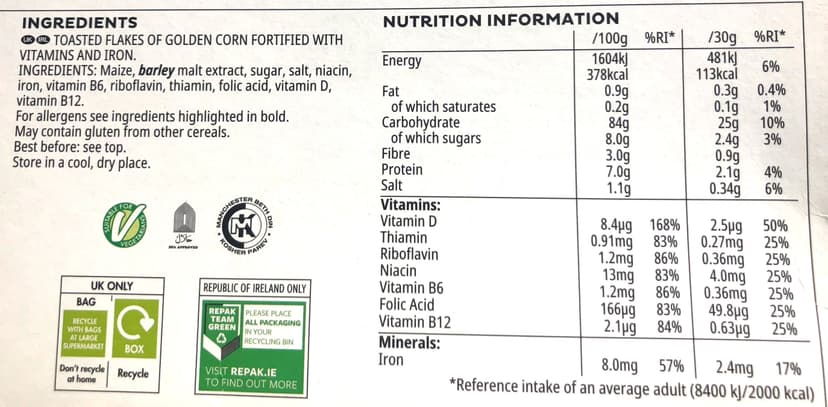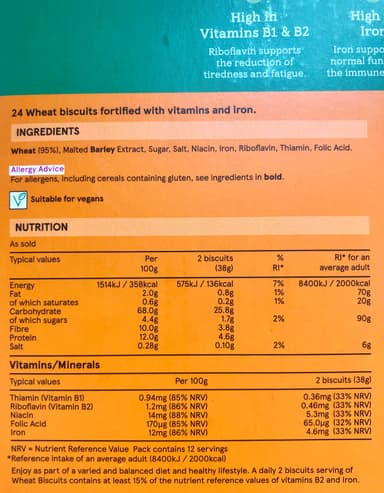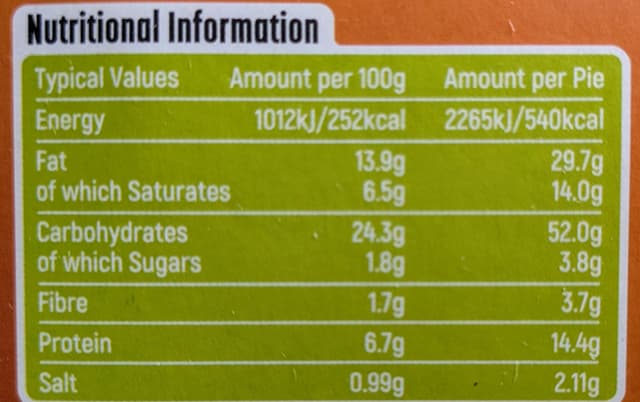Myths about teaching can hold you back
- Year 8
Energy provided by food: practical
I can calculate the amount of energy provided by different foods by measuring a change in temperature.
- Year 8
Energy provided by food: practical
I can calculate the amount of energy provided by different foods by measuring a change in temperature.
These resources will be removed by end of Summer Term 2025.
Switch to our new teaching resources now - designed by teachers and leading subject experts, and tested in classrooms.
These resources were created for remote use during the pandemic and are not designed for classroom teaching.
Lesson details
Key learning points
- Different foods provide different amounts of energy.
- The amount of energy provided by different foods can be investigated and compared by burning them.
- Burning foods can heat water and the temperature change of the water measured.
- The mean temperature change can be calculated from repeat measurements.
- Energy provided by the food (J) = mass of water (g) × rise in temperature (°C) × 4.2.
Keywords
Temperature change - The difference in the starting and end temperature of a substance.
Mean - An average of several measurements, which is calculated by adding them up and dividing by the number of measurements.
Mass - The amount of matter in an object.
Variable - A variable is anything that can change or be changed in an investigation.
Common misconception
Control variables make it a fair test.
Control variables need to be kept the same to make the investigation valid.
To help you plan your year 8 science lesson on: Energy provided by food: practical, download all teaching resources for free and adapt to suit your pupils' needs...
To help you plan your year 8 science lesson on: Energy provided by food: practical, download all teaching resources for free and adapt to suit your pupils' needs.
The starter quiz will activate and check your pupils' prior knowledge, with versions available both with and without answers in PDF format.
We use learning cycles to break down learning into key concepts or ideas linked to the learning outcome. Each learning cycle features explanations with checks for understanding and practice tasks with feedback. All of this is found in our slide decks, ready for you to download and edit. The practice tasks are also available as printable worksheets and some lessons have additional materials with extra material you might need for teaching the lesson.
The assessment exit quiz will test your pupils' understanding of the key learning points.
Our video is a tool for planning, showing how other teachers might teach the lesson, offering helpful tips, modelled explanations and inspiration for your own delivery in the classroom. Plus, you can set it as homework or revision for pupils and keep their learning on track by sharing an online pupil version of this lesson.
Explore more key stage 3 science lessons from the Diet and exercise unit, dive into the full secondary science curriculum, or learn more about lesson planning.

Equipment
See additional materials.
Content guidance
- Risk assessment required - equipment
Supervision
Adult supervision required
Licence
Prior knowledge starter quiz
6 Questions
Q1.Which food groups provide us with energy?
Q2.Which foods are high in fat?
Q3.How much energy (kcal) is in 100g of this cereal?

Q4.How much energy (kcal) is in a 30g portion of this cereal?

Q5.The apparatus we use to heat things in the lab in called a burner.
Q6.What pieces of information must be included on a food label by law?
Assessment exit quiz
6 Questions
Q1.Who is correct?
Q2.Which food provides the most energy?





